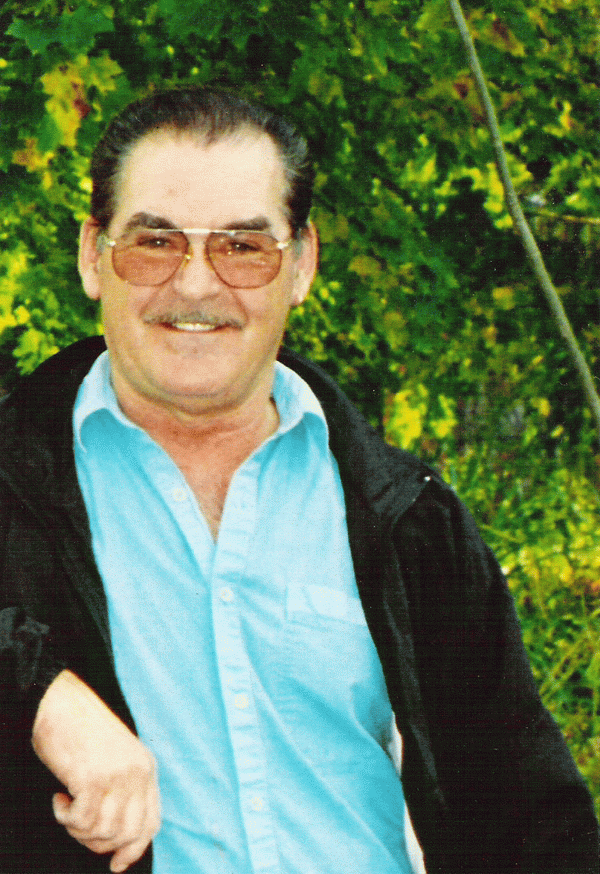Bruce Albert Kenyon (1944-2003)
 |
Parents: Ralph Edward Kenyon Sr. & Winnifred Ruth LaFoe
Siblings: Butch, Mike, Sherry, Ro
Spouses:
Children
Bruce ("Ted") Kenyon, my brother, was killed in a Piper PA-28-180 plane crash on Saturday, April 12, 2003 in Conesus, NY.
He loved to fly. His poem Flight.
The NTSB report was quite sketchy about some of the factors contributing to the crash. It only stated the cause to be, "The flight instructor's failure to maintain adequate airspeed which resulted in an inadvertent spin."
The Piper Flight Information pertaining to this model plane at states,
"The wing also produces a stall that if approached gradually can be likened to a gentle rocking motion with each motion losing about 100 feet. Aggravated, done too abruptly with improper rudder input, this stall can be violent and result in a spin. Spin recovery is normally but should be initiated immediately since over 1000 feet will be lost per turn."
and elsewhere in the same document it says,
"This is especially critical when the aircraft is loaded toward the aft limits. The stall under these conditions will be unlike any usual Piper stall. It will be abrupt, violent and give a spin all in the same moment."
I was told by my friend, who is the owner of a PA-28-140 (same model plane with a smaller engine), that the Pilot's handbook states that the stall maneuvers should not be done with a third person in the back seat. That would have "loaded the aircraft toward the aft limits".
If we compare the elevation of the radar, 3400 ft, with the elevation of the terrain at the crash site, 1875 ft, we note that the above ground height was no more than 1525 ft. The rule of thumb for spin recovery is 1000 ft per circle.
Another internet resource states, "... it is best never to do stalls below 3000 feet.". The same URL recommends that altitude be such that any maneuvers are _completed_ while the aircraft is still 1500 ft above ground.
No allowance was made by the instructor to insure that if a spin occurred recovery could be achieved prior to descending to 1500 ft above ground. The risk factor, in my opinion, should have allowed for three spins, so the starting altitude should have been at least above 6375 ft, which is 1875 (ground) +1500 (ending altitude) +3000 (three spin margin).
The NTSB detail report merely stated, "According to the Airplane Flight Manual, the airplane was restricted from conducting aerobatic maneuvers, including spins."
Additional conclusions are, as my friend said, "The instructor failed to sufficiently familiarize himself with his aircraft." None of the three could have thoroughly read the pilot's handbook, or the third person would not have been allowed on board during the flight.
As the seven club members had just taken delivery of this aircraft, delivery which had been delayed a week by bad weather, they were obviously excited about it and anxious to begin using their "new toy". It would appear that they were in a hurry, resulting in inadequate preparation.
Having been a Safety Officer aboard a Naval Shipyard Annex, I'm especially aware that safety awareness tends to run in cycles. During periods of low incident rates, complacency sets in, and people tend to stop giving due attention to safety in general. As the incident and accident rate begins to increase, more attention is paid to the issue, and the accident rate begins to drop, thereafter re-initiating the cycle.
I would have liked the NTSB report to be more detailed regarding the human error factor, so that others might benefit.
As my friend quotes his instructors, "Altitude is your friend."
And from my Navy experience, "READ THE *$@!$ MANUAL!!!"
| This page was updated by Ralph Kenyon on 2024/02/09 at 12:42 and has been accessed 900 times at 27 hits per month. |
|---|